But finding a piece of land in urban cities can be a bit challenging. If you are short of land too, there is no need to despair. Pick an empty spot on your terrace, put it to use and start sowing varieties of pure vegetable seeds to start your home garden. Having your own vegetable garden will not only bring satisfaction, but it will also bring some delicious organic greens that will keep you healthy to your fill.
If you want to completely transform your roof into a farm producing healthy homegrown food, read our complete guide on terrace gardening.
Before you begin gardening, take into account the environmental and other important factors of your vegetable garden. Factors like how much sunlight or shade your terrace gets, how much wind may affect the area and the kind of water supply your terrace naturally gets. The general climate pattern and temperature of the place where you live are other things to keep in mind before you select which vegetables you want to grow.
So without further ado, let us talk about some of the really interesting ways to transform your terrace into a vegetable garden.
Planting In Pots

Pots can be your plant’s best friends. You can grow almost everything in pots or containers. You name it - you can grow it. Pick your pot according to the size of the plant that you are about to grow, it is advised to choose larger pots as they offer better drainage and space to grow. Here is a simple guide on container gardening. You can also check out our collection of high-quality grow bags. These grow bags have superpowers, they are well aerated and have superior drainage over other plastic pots. Incredible, isn’t it?
The soil in Pots: Good quality soil for your plants is going to be your most important investment. Using normal gardening soil won't be such a good idea. Use a good quality potting mix for growing your veggies or make your own potting mix with one-third gardening soil, one-third compost, and one-third asbestos-free vermiculite.
Go Vertical

Sure, a rooftop garden doesn't have to be limited to growing your veggies horizontally. This vertical garden growing up the wall is the perfect way to incorporate greenery into urban spaces.
To start with vertical gardening you can attach plant holders on the wall or let creepers grow on a trellis or even by simply placing different vegetable plant pots on the shelves. As they say, when you begin with vertical gardening, the sky's the limit.
Any small terrace garden should make use of vertical space to increase the production of vegetables. Runner beans and stakes can be used to extend the vines upwards and increase your yield. The best part about vertical gardening is that it allows you to work at eye-level and avoid the strain on your back.
Grow vegetable shrubs and vines like squashes, beans, gourds, and vine tomatoes varieties near the railings and walls. You can even use the vertical space to grow herbs and use them to enhance the taste of your delicious salads. And if you still have any spots left, use it to grow flowers and bloom up your garden.
Raised Beds
Having limited space in pots doesn’t have to stifle your green dreams. Raised beds give you more space to grow your veggies than pots or containers. Installing raised beds is fundamentally no different than having a regular garden. In addition, these raised beds don't require a lot of maintenance or care. They are cheaper and your veggies will thrive better in them.
Before installing a raised bed on your terrace you need to ensure if your terrace surface is waterproof. If your terrace isn't waterproof, you can install waterproofing sheets in the area where you're planning to place your raised beds and pots. You can even consult professionals and seek their guidance to ensure that water doesn’t damage the structure of your building.
Soil: The perfect soil for a raised bed garden will be a mixture of garden soil, organic manure, and compost. Also, prevent your garden soil from the infestation of pests.
Vegetable Patches On Your Terrace
Want to grow a lot of veggies? You can do it by making a vegetable patch on your terrace garden. Vegetable patches are similar to making normal garden beds. Vegetable patches take up a lot of space, therefore, these patches can only be made on the rooftops with a lot of space.
These vegetable beds should be filled with regular potting mixture. You can add compost in the soil to keep your plants healthy and happy.
Reuse Wooden Trunks
Who said that you could only use trunks to store treasures? You can even use them for growing big beautiful vegetable patches. Wooden trunks are not only aesthetically appealing and eye-catching but they also provide your plants with a lot of room to grow.
You can use these trunks to grow all sorts of small veggies and herbs, mostly low growing veggies that spread more.
Use your trunks to grow veggies like Radishes, Herbs, Garlic, Lettuce, Spinach, Ginger, Asian Greens and a lot of other green leafy vegetables.
Here’s a list of plants that you can easily grow on your terrace:
Tomato Plant

First on our list are tomatoes, this plant doesn't require sprawling spaces to grow. They can grow well even in hanging baskets, pots, grow bags, sandboxes and other containers. Grow tomatoes and let the supply of fresh tomato sauce coming. The ideal pot to grow tomatoes should at least be about 47 inches deep. Ensure that the container has enough room for the plant to grow freely. And if you get an extra supply of tomatoes from your vegetable garden. Have your own little Tomatina festival.
Carrots

Another brilliant and easy option for homegrown vegetables is carrot. Just like tomatoes, the carrots can also be grown in planter boxes or small containers. There are different varieties of carrots that you grow such as short and sweet, little fingers, red carrot, etc. If you religiously water your plant, you are more likely to grow healthier produce. If you are willing to grow longer plants, ensure that you choose spacious planters. Choose a wide container that's at least 1-foot (0.30-m) deep. Deeper is even better.
Onions

With onion prices reaching the roof, it’s time to look for a solution closer home. They are delicious to eat and what better than to have organic produce of onions! Onions are small in size and can easily fit in your terrace gardens. Green onions are known to grow well in little containers. The ideal size of the container to grow onions should be 10-14 inches in depth and 8-10 inches in diameter. And you're all set to grow onions!
Potato

Potatoes are probably one of the easiest vegetables to grow on your terrace. It is always fun and rewarding to grow potatoes in a planter pot. You require a container, which is about 10 to 12 inches deep. In these planters, you can easily plant about 3 to 4 potatoes. Ensure that you keep your plant always hydrated so that your potato plants grow healthy and start giving you fresh potatoes soon. Also, ensure that their stems are fully covered with soil. You will start getting fresh produce in a couple of months. Potato fries anyone?
Capsicum

The usages of capsicum are uncountable. From making yummy salads to garnishing a dish, capsicums top the priority lists of many cooks. With a little patience and lots of care, you can grow capsicums in any planter, about 12-14 inches deep. Start with a pot full of good seeding mix. Tickle the top of the soil with your fingertips, and then sprinkle the seeds over the top of your container and add up a little more soil to get it fully covered. Give it a little water, just enough to get the soil damp. Now watch your plant grow. In no time (3-4 months) you'll get terrace delivery of capsicums.
Beets

Say yes to beets! Beet can grow well in small spaces, thanks to its small size. Take a planter about 12 to 13 inches deep, so that the beets can grow hassle-freely. You can grow about six to seven different beet plants, within this space. Add some flavour to your salads with the fresh supply of Beets.
If you want to keep food, grown using chemicals and fertilizers, at bay then what could be better than growing your own greens on your own rooftop? Now that you know how to use your terrace to grow these greens, it's time to get your hands dirty. You may take time to master the art of gardening, but the results will certainly be rewarding.
Start growing your own vegetable terrace garden with high-quality heirloom seeds from AllThatGrows!


 Sign In
Sign In




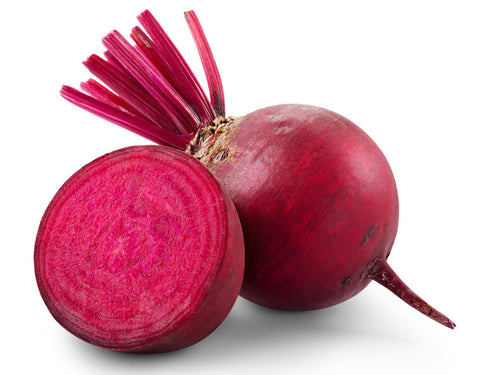
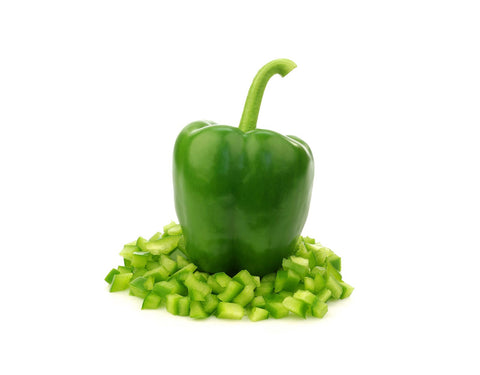
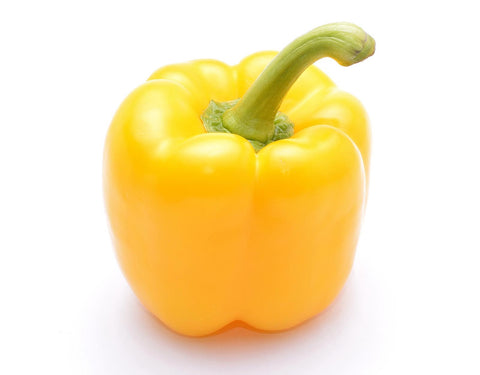
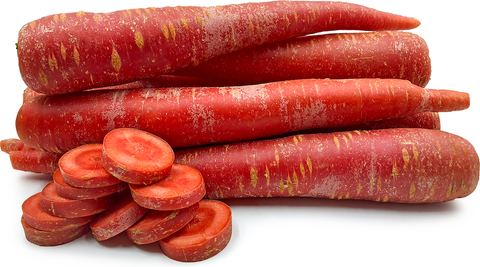
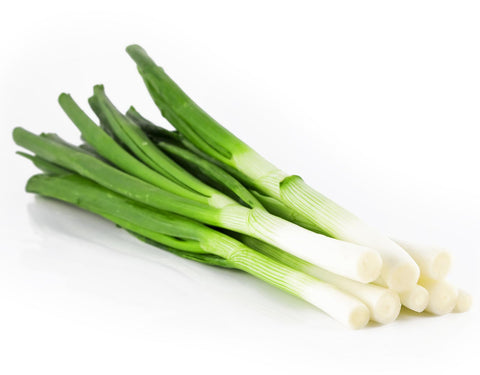
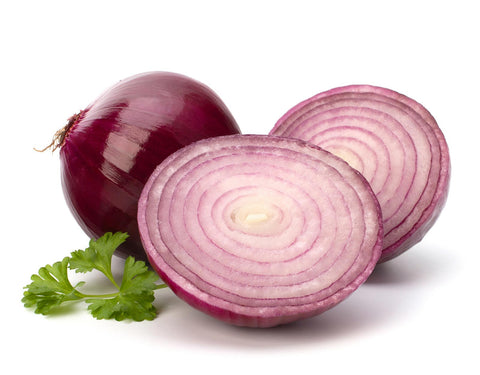
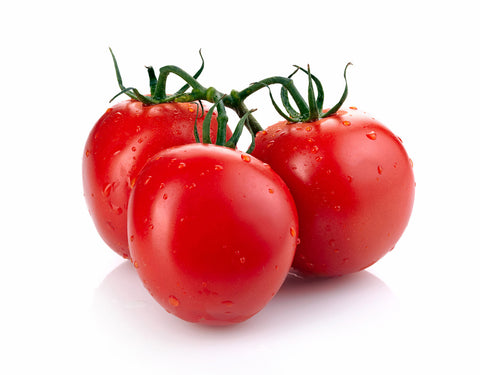






Let us know your feedback
* Comments must be approved before being displayed.